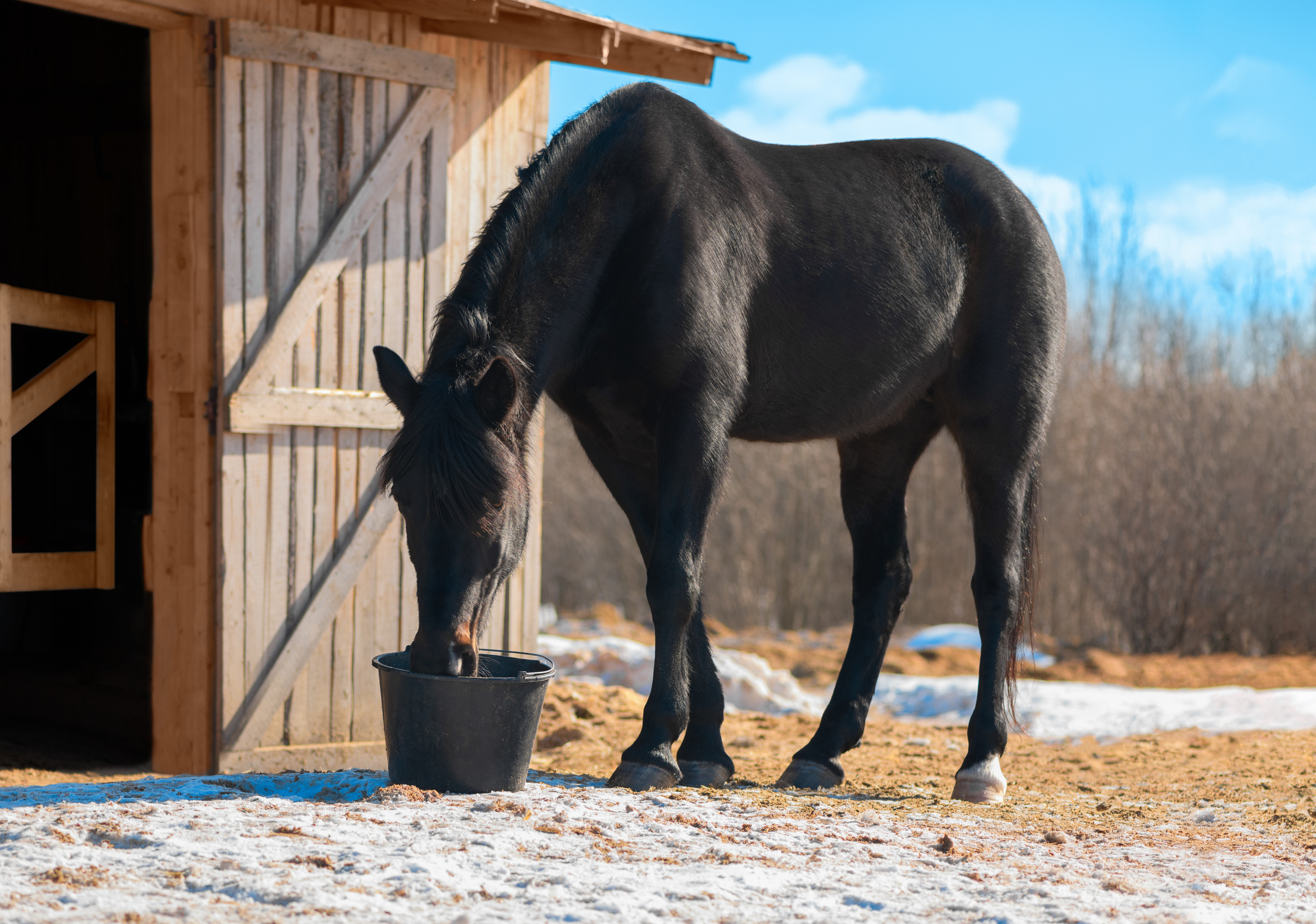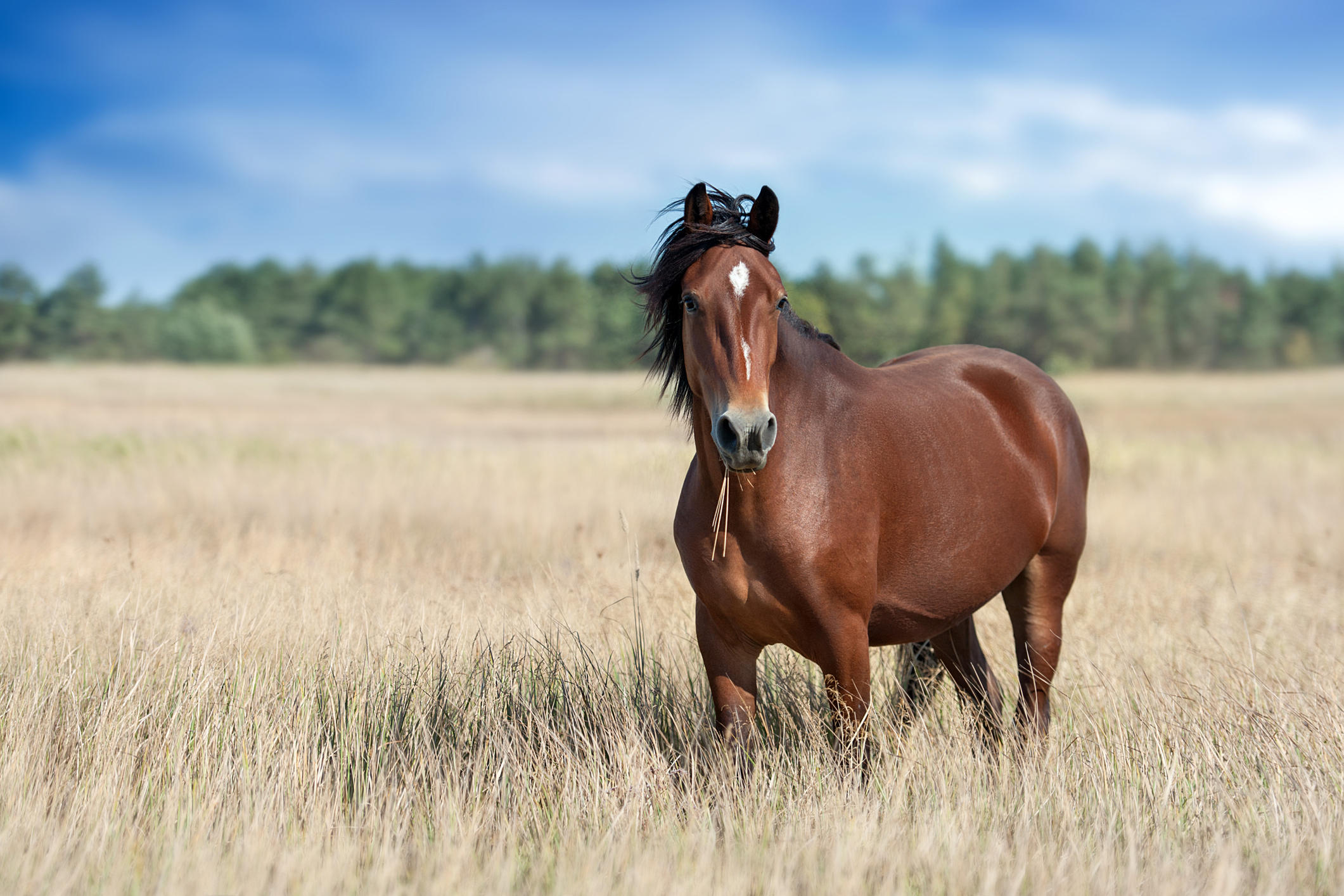As the winter creeps closer, thinking ahead to what your horse’s diet might look like during the colder months could be worthwhile, especially when it comes to Omega 3 fatty acids.
Fatty acids are used as energy sources and are an important functional component of cells. Omega 3 and 6 Fatty acids are essential to the diet, meaning they must be consumed via a feed source. Creating a balance of Omega 3 and 6 is ideal as both are needed for optimal well-being. In natural grazing conditions, horses consume a more balanced ratio of omega-3s to omega-6s, which helps regulate inflammation. Therefore, when formulating diets, a balanced ratio of 1:1 (omega 3: omega 6) is often sought to mimic this, as currently, no specific Omega ratio is established for horses.
Fresh pasture provides a good level of omega-3 fatty acids, and horses on good-quality grazing will consume adequate levels of Omega 3. However, these fatty acids are not heat stable and a significant amount can be lost during the hay-curing and storing process. Once grass is cut, exposure to sunlight, air, and heat can cause omega-3 fatty acids to oxidize, making them less effective or completely inactive. Also, it has been shown that after a few months of storage, the omega-3 content in hay can be almost negligible. This means that hay stored over winter or for long periods becomes a poor source of omega-3s.
Therefore, horses moving from a pasture-rich diet to consuming a higher hay-based diet in winter will most certainly need an additional source of Omega 3. Even for horses on pasture all year round, omega-3 levels will typically be highest during spring and summer but will drop through fall and winter seasons, meaning additional sources may still be needed.
Omega-3 fatty acids consist of alpha-linolenic acid (ALA), docosahexaenoic acid (DHA), and eicosapentaenoic acid (EPA). Plant sources such as pasture, and flaxseed provide ALA while marine oils are rich in DHA and EPA.
Although pasture can provide an adequate amount of ALA, it must be converted by the body into DHA or EPA. The efficiency of converting ALA into DHA and EPA is low meaning the horse would need to consume a considerable amount of ALA to see optimal benefits. For this reason, consuming a direct source of DHA and EPA is often recommended when supplementing, as the amount required to be fed will be reduced while still ensuring maximal benefits.
EPA and DHA, have been shown to help support the immune system, improve coat and skin health, reduce inflammation, and promote optimal joint function. The considerable ongoing research also indicates that they may help maintain proper vision, brain health, nervous system function, lower airway disease severity, and insect hypersensitivity, as well as reduce inflammation in arthritic horses.
Preparing in advance for seasonal changes will certainly be worthwhile as researchers found that the incorporation of DHA and EPA in the horse system did not occur until 60 days after supplementation was started (Christmann et al., 2021). This was further supported by a 2023 KER report, that indicated blood levels of EPA and DHA increased 178% and 102%, within the first month of supplementation but continued to climb to 313% and 197% over 90 days.
Therefore, if you know your horse will transfer onto a more hay-based diet in the winter, incorporating Omega 3 into the diet before coming off pasture would help ensure that there is no reduction in levels provided and that your horse continues to benefit from the inclusion of Omega 3 fatty acids in the diet.
While hay is an essential forage for horses, especially during times of the year when pasture is unavailable, it is often not an adequate source of omega-3 fatty acids leaving many horses at risk for deficiency. For optimal health, especially during the winter months, omega-3 supplementation is highly recommended. By incorporating supplements such as marine oil, horse owners can help ensure that their horses receive the necessary levels of these vital fatty acids.
Equine Omega Complete is an ideal source for horse’s general health and also includes 1,297 iu’s of all natural Vitamin E for a 4 oz serving.
Need more calories in winter?
Many horses need additional calories in the winter months, especially senior horses. Equine Mega Gain is a great addition to the Equine Omega Complete product for this purpose. You can feed the Mega Gain and the Complete products together.
Interested in a list of benefits of the Equine Omega Complete product or a first time order discount? kathleen@o3animalhealth.com
Questions? jennifer@o3animalhealth.com or (855) 366-8822
Ordering: https://o3animalhealth.com/shop/



